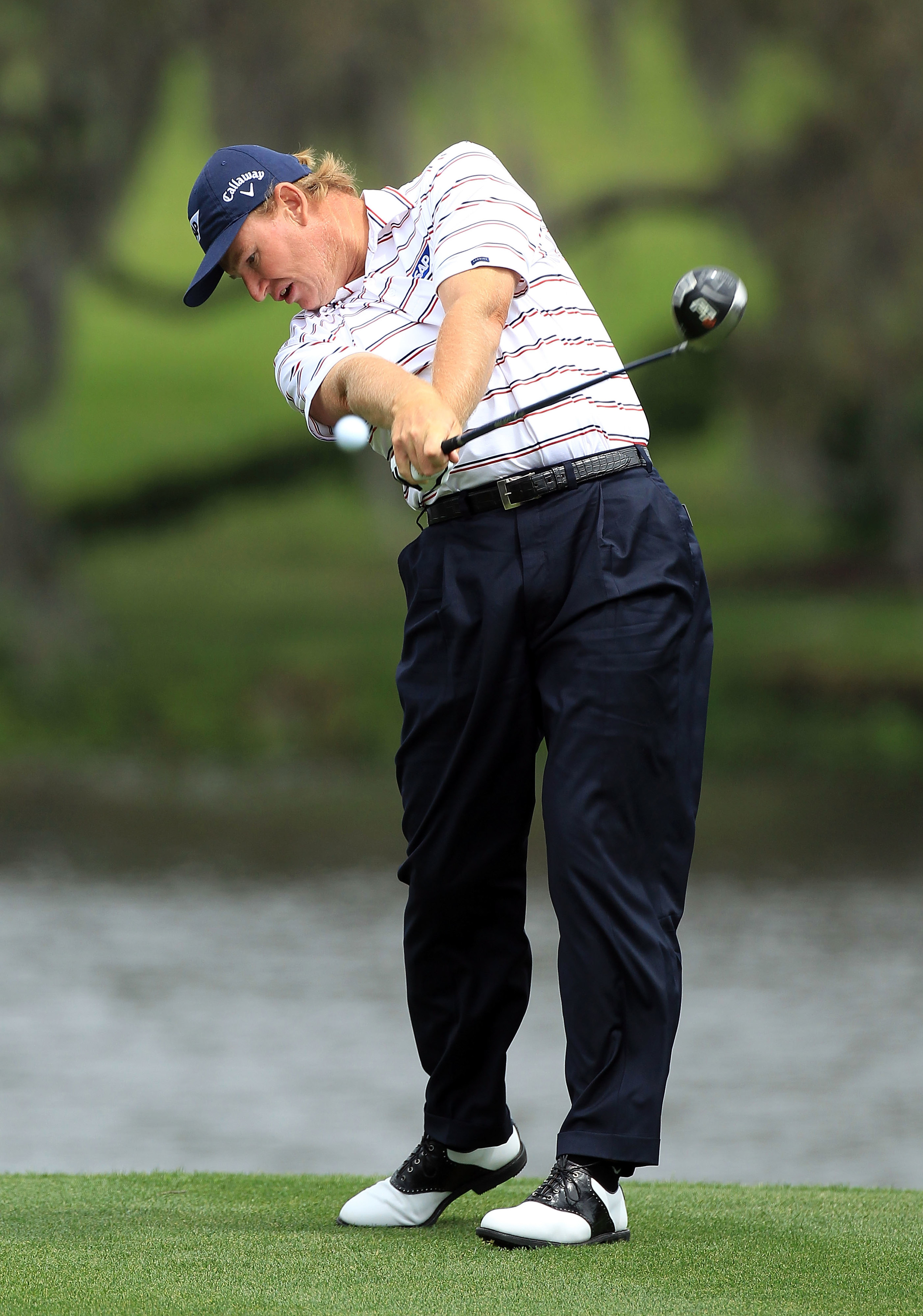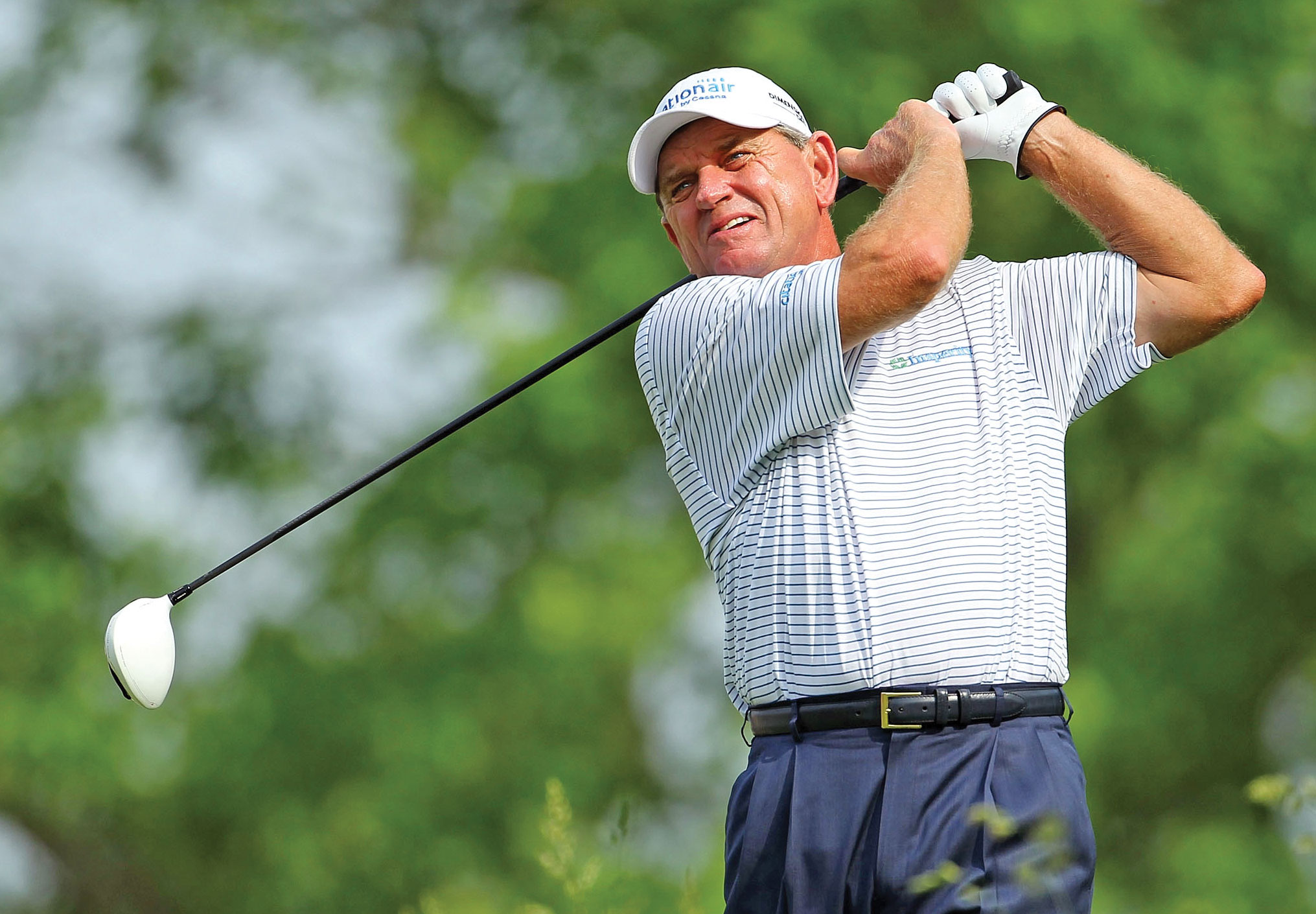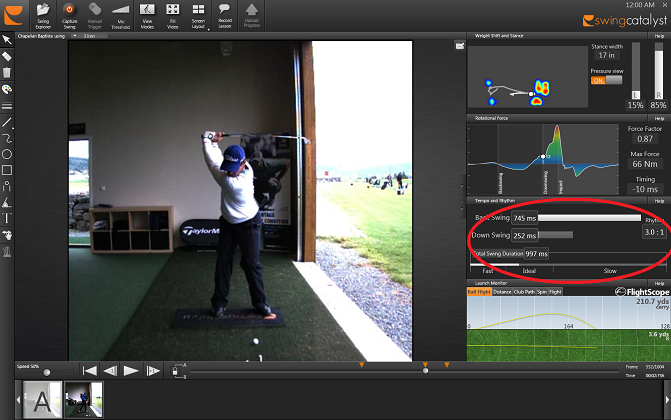Build a Better Backswing
/If you watch any golf on TV you’ll notice that there certainly doesn’t seem to be one backswing that is universal to all Tour players. Their backswings range from long to short, laid off to across the line and fast to slow. The million dollar question is which one will work best for you and your game. Watch this video to start to understand your options…
Length of Backswing
Don’t be overly anxious to shorten your backswing. If the arms are collapsing or the hands are letting go then by all means work towards making the necessary upgrades.
Longer backswings should almost have an across the line look, while shorter backswings simply must have the clubhead more behind them with a laid off look.
Amount of Time
Ideally the amount of time taken once the club starts the motion away from the ball is right around 1 second. 0.75 seconds up to the top and 0.25 seconds for the downswing.
Try the rapid fire drill to gain a sense of the appropriate amount of time as the vast majority of golfers take too much time and actually swing too slowly.
The rolling start drill gets the club moving as it kicks the motion off.
Clubface Position
Open face golfers will typically have a difficult time hitting low shots and generating enough compression. The clubface is almost always open in the early downswing and this leads to flipping through impact to get the clubface around.
Closed face golfers will struggle to get their long irons in the air. Compression is fine and the ball goes far enough, but getting an appropriate trajectory is a challenge. Get the clubface vertical in the early part of the backswing. Have the intent to hit the ball really high in practice.
Ponder a few of these ideas, try a few of the drills and I hope that a few of these ideas help you to enjoy your next round of golf that much more.
Cheers!










